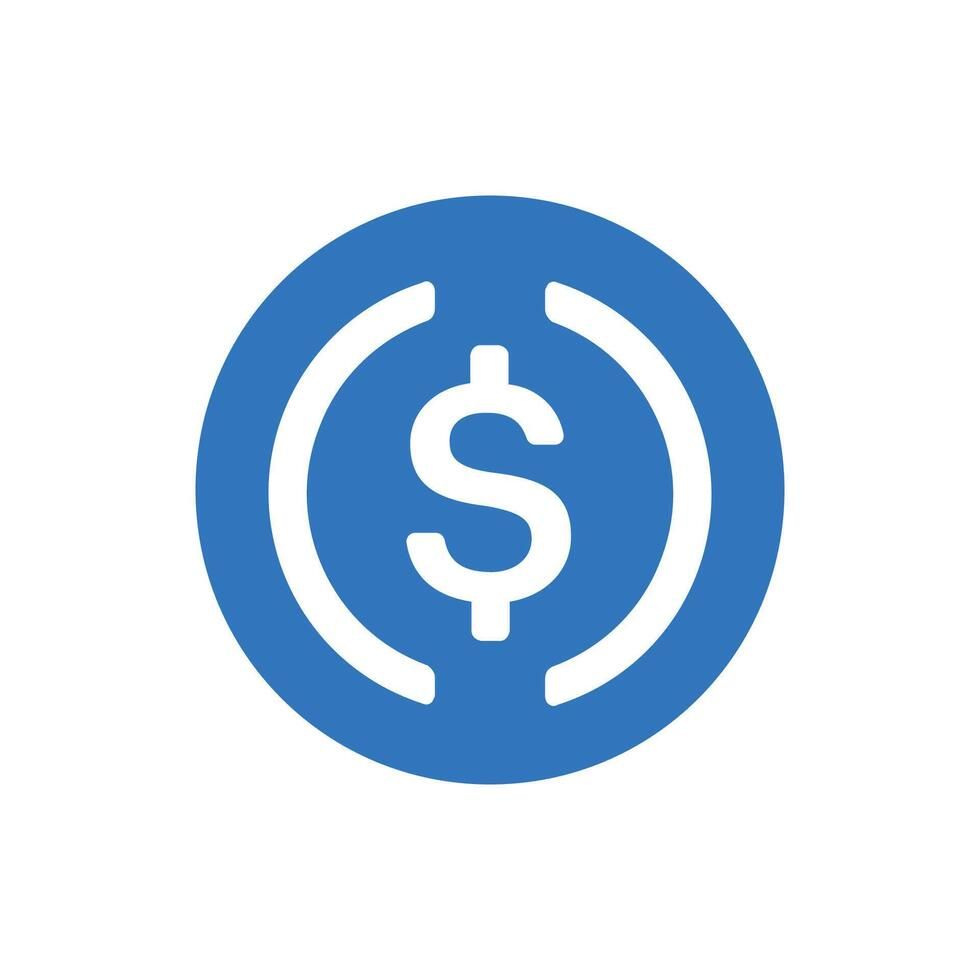Top 10 AI Prompts Investment Bankers Can Use Right Now
Turbo-charge pitches, models, and client notes with laser-focused language models—no coding degree required.
Everyone in the deal room brags about “using AI,” yet most still copy-paste random chat prompts and pray. That’s weak. Below are ten battle-tested prompts we’ve used on live mandates—from £3 bn IPO decks to late-night fairness opinions. Each comes with context, guardrails, and a short line you can slap straight into ChatGPT, Claude, or your in-house model.
1. Valuation Cross-Check Prompt
Why — You ran a DCF at 9 % WACC, but the VP worries it’s skinny. Let the model flag blind spots before the committee does.
You are a senior valuation analyst. Using the metrics below, list five sanity-check methods (trading comps, precedent deals, rule-of-thumb multiples) and highlight where my DCF result looks stretched. Output a short table with method, implied value, and variance vs DCF.
Tip: Feed it your key inputs (revenue CAGR, EBITDA margin, terminal growth) in the same message so the model can judge realism.
2. Comparable Company Screener Prompt
Why — CapIQ gives you 300 pharma firms; you need the ten that trade on gene-therapy revenue.
Act as a sell-side equity screener. From the attached list of companies, select those with >40 % of 2024 revenue from gene therapy and market cap between $500 m and $5 bn. Return ticker, revenue %, and EV/EBITDA 2025E.
Dump the CSV tickers into the prompt or use an API hook—either way you’ll shave an hour.
3. Pitch Deck Heat-Map Prompt
Why — Senior MDs skim, not read. A heat-mapped deck shows where eyes land.
You’re an analyst at an investment bank. Review the following pitch deck text (≈800 words). Mark each slide as: (1) must-read, (2) useful, or (3) fluff. Give a one-line reason for every “fluff” tag and suggest a sharper headline.
Paste the output into PowerPoint notes and watch your MD grin.
4. Earnings-Call Bulletizer Prompt
Why — Clients expect a digest ten minutes after the call ends.
You are a sell-side research associate. Summarise this 45-minute earnings-call transcript into: (a) top-line beats/misses, (b) guidance changes, (c) headline quotes, (d) questions flagged for follow-up. Bullet points only, ≤150 words total.
No more frantic scrolling through Stream Text mid-meeting.
5. Risk-Factor Extractor Prompt
Why — S-1 filings hide fresh risk factors behind legal sludge.
You’re an IPO lawyer. From the following S-1 risk-factor section, pull out any risks not already disclosed in the previous 10-K. List each new risk in one sentence, labeled “NEW”.
Saves the associate two hours and a migraine.
6. Synergy Narrative Builder Prompt
Why — CFOs buy numbers; boards buy stories.
You are an M&A integration lead. Using the synergy model below, craft a three-paragraph narrative explaining where the $120 m run-rate comes from, broken into revenue, cost, and tax. Keep it free of jargon, ready for CEO sound bites.
Drop it straight into the CIM, tweak tone, done.
7. Model QA Checklist Prompt
Why — Nothing tanks credibility faster than a circular ref on live share screen.
You are an Excel QA bot. Given this list of model tabs, output a checklist of error traps to run (links, signs, circular refs, hard-codes in formulas) and flag tabs that often break first in M&A models.
Run the checks, clear the landmines before the bake-off.
8. Term-Sheet Plain-English Prompt
Why — Founders glaze over covenant jargon; misunderstanding later costs you the mandate.
You are a corporate lawyer. Restate this loan term-sheet into plain English for a start-up CEO. Keep each clause under 40 words and explain any finance slang in brackets.
Send alongside the original PDF; watch reply time drop.
9. Client-Email Draft Prompt
Why — Speed matters, tone matters more.
You are a relationship banker. Draft a concise email updating the client on the status of their LC issuance: (a) docs checked, (b) expected confirmation fee, (c) next step. Keep it under 120 words, friendly but professional.
Tweak, send, move on.
10. Reg-Update Tracker Prompt
Why — Basel revisions roll out quietly until they hit spreads.
You are a regulatory analyst. Monitor Basel IV and EU CRR III updates. Every Friday, summarise any changes affecting trade-finance capital weights in ≤200 words. Output date, rule change, and potential fee impact.
Plug it into a weekly Slack bot—stay ahead of compliance chaos.





